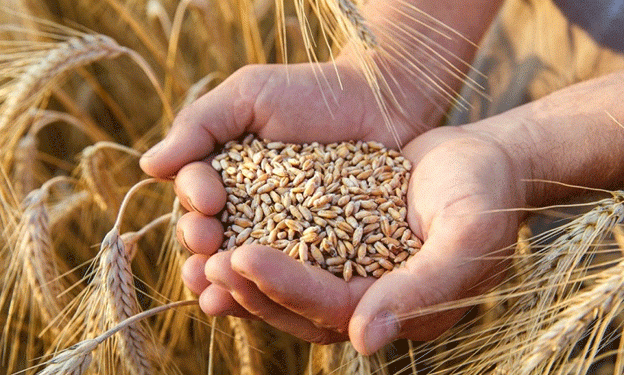Vietnam’s Growing Dependence on Brazilian Wheat Imports
According to the General Department of Customs, Vietnam imports an average of 20-22 million tons of animal feed ingredients annually, accounting for 60% of the industry’s total demand. Corn makes up approximately 50% and wheat around 10% of these imports. As corn prices soar, wheat is increasingly seen as a suitable alternative.
In June 2024, Vietnam imported 288,140 tons of wheat, valued at $81.45 million, with an average price of $282.70 per ton. For the first half of 2024, the total wheat imports reached over 3.12 million tons, amounting to nearly $862.33 million.
Wheat imports from Brazil, a major supplier, dropped significantly in June 2024—by 88.9% in quantity and 88.7% in value compared to May 2024. Despite this, the price per ton increased slightly by 1.5%, reaching 20,416 tons worth $5.11 million. For the first six months of 2024, wheat imports from Brazil accounted for 36.8% of the total volume and 33.3% of the total value, with over 1.15 million tons worth $287.37 million at an average price of $249.80 per ton.
Australia ranks second, contributing 20.7% of the total volume and 23.3% of the total value, with 646,844 tons worth over $201 million at an average price of $310.80 per ton. Ukraine follows, providing 545,052 tons valued at $141.52 million at $259.60 per ton, making up 17.5% of the total volume and 16.4% of the total value of wheat imports.
Wheat imports from the United States amounted to 226,157 tons, valued at $74.54 million at $329.60 per ton, marking a 31.8% increase in volume and a 6% rise in value.
The International Grains Council (IGC) had previously projected global wheat production for the 2023-2024 season to reach 784 million tons, a 2.4% decrease from the previous season. However, global wheat consumption for 2023/2024 is expected to rise compared to the December 2023 forecast, primarily due to increased feed usage in the EU, predicted to grow by 2% over the 2022/23 period.
Vietnam’s increased wheat imports from Brazil highlight a strategic shift to balance animal feed needs amid fluctuating global corn prices. This trend underscores the broader challenges in global wheat production and the growing demand for alternative feed sources. As the international wheat market adapts to these changes, countries like Vietnam will continue to play a pivotal role in shaping agricultural trade dynamics.
Error





